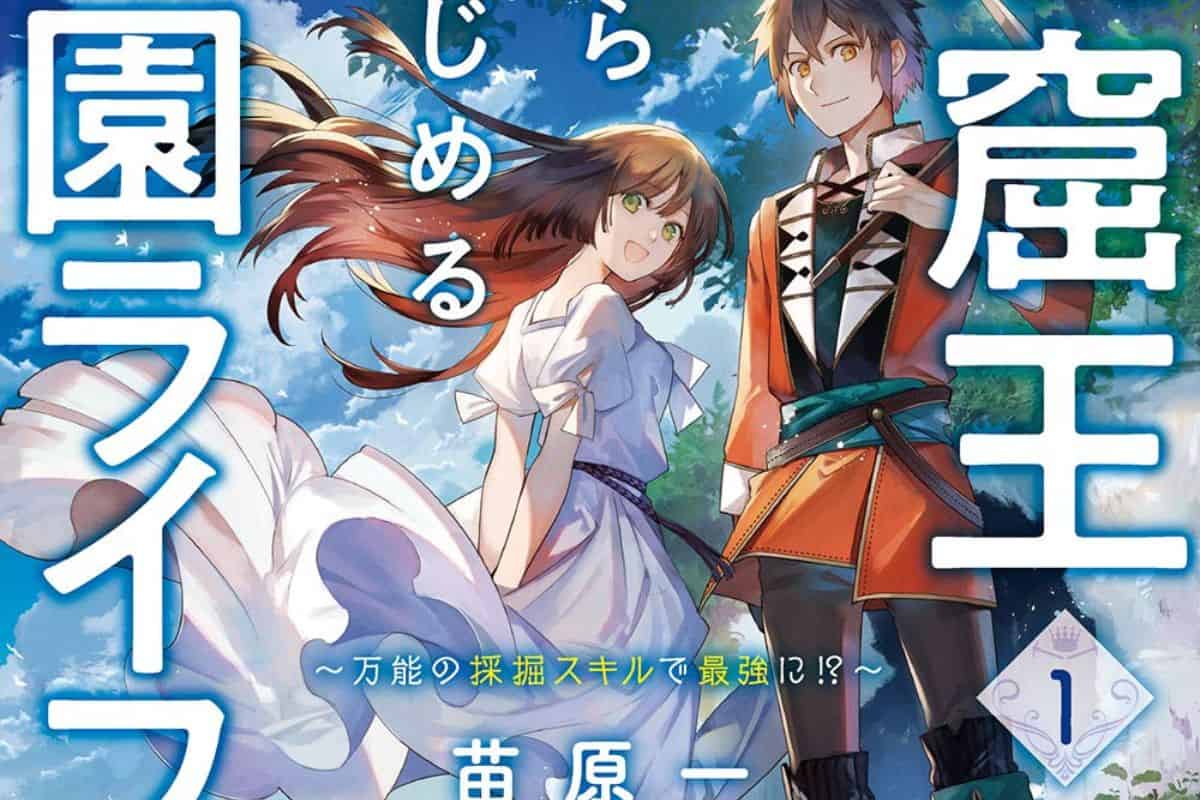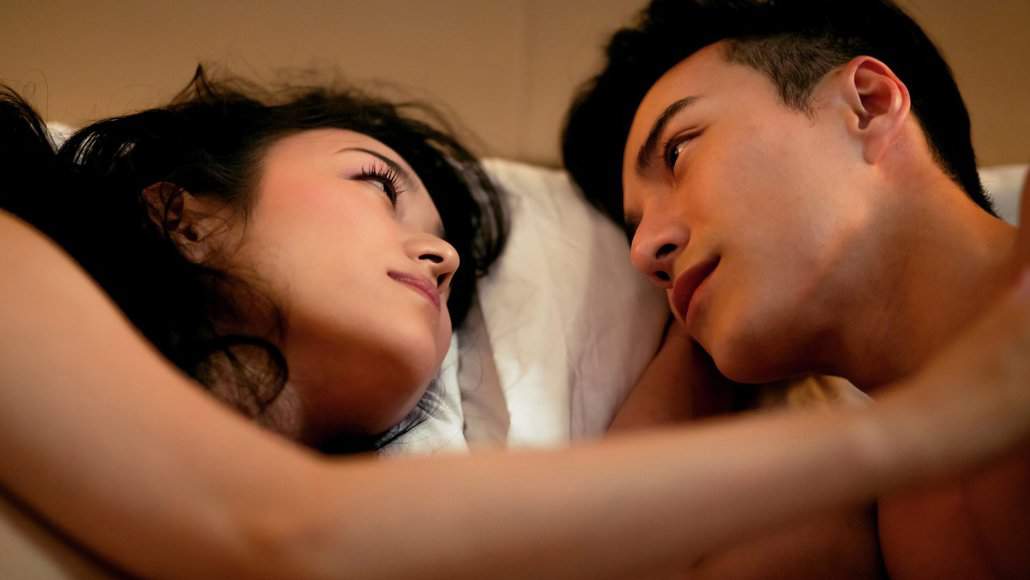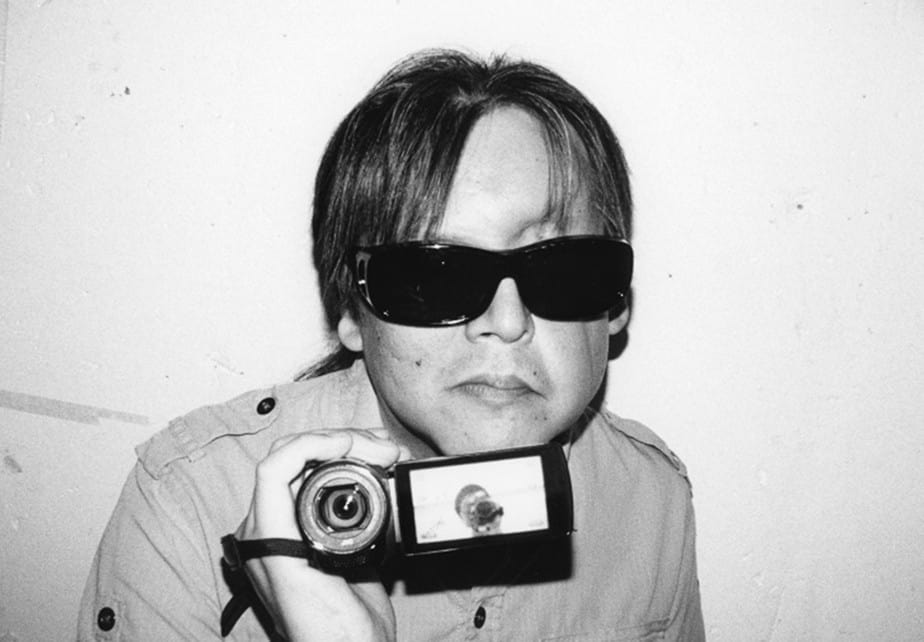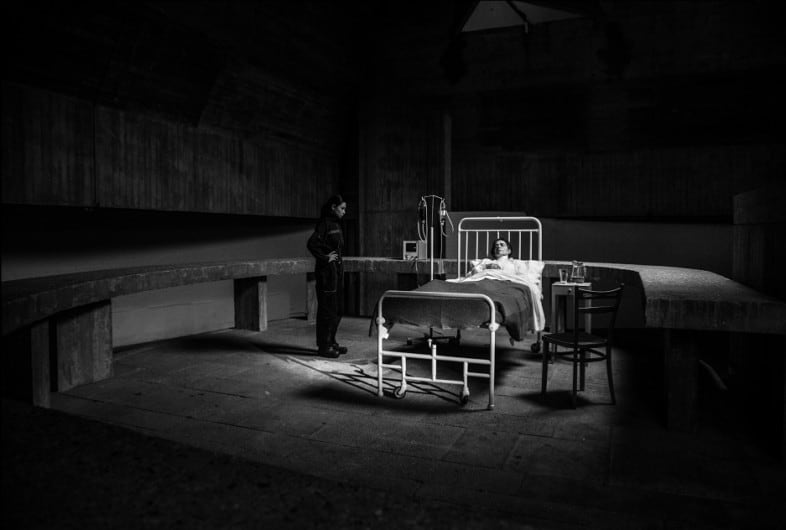Mamoru Hosoda, founder of the Studio Chizu, has brought to life some beautiful cinematic experiences like “The Girl Who Leapt Through Time”, “Summer Wars”, “Wolf Children”, “The Boy and the Beast” and “Mirai”. All those previous experiences come together to inform his exceptionally accomplished latest work. “Belle” had its world premiere – with Hosoda in attendance – screening out of competition at the Cannes Film Festival, where it received a 14-minute standing ovation by delighted audiences.
“Belle” is screening at the BFI London Film Festival

In a sleepy town of Japan's Kochi Prefecture, lives 17-year-old Suzu (Kaho Nakamura), whose life is governed by an incurable sadness and a profound sense of loss. Once a happy child nurtured by a loving family, Suzu had to face very early the loss of her mum in dramatic circumstances, as she drowned in a stormy river trying to save an endangered little girl. Deep down, Suzu is angry at her mum for abandoning her and for choosing to save an unknown child instead of remaining safe and alive with her. This sorrow affects all aspects of her life, from the failed connection with her father (a voice cameo from the great Koji Yakusho) – who is probably as scarred as Suzu – to her social life at school. Moreover, after the tragic loss, she can't sing anymore, something that she used do a lot with her mum. This inability to open up with fellow humans draws Suzu towards U, a new Internet sensation-game that is taking the world by storm and already has 5 billion subscribers. U is more of social media than a game, a whole virtual world where people can be whoever they want. U's catchy slogan recites in fact: “You can't start over in reality. You can start over in U”. Colourful avatars – the AS – informed by the users' biometric data and enhancing their strengths, densely populate U, interacting and showing off their inner skills.
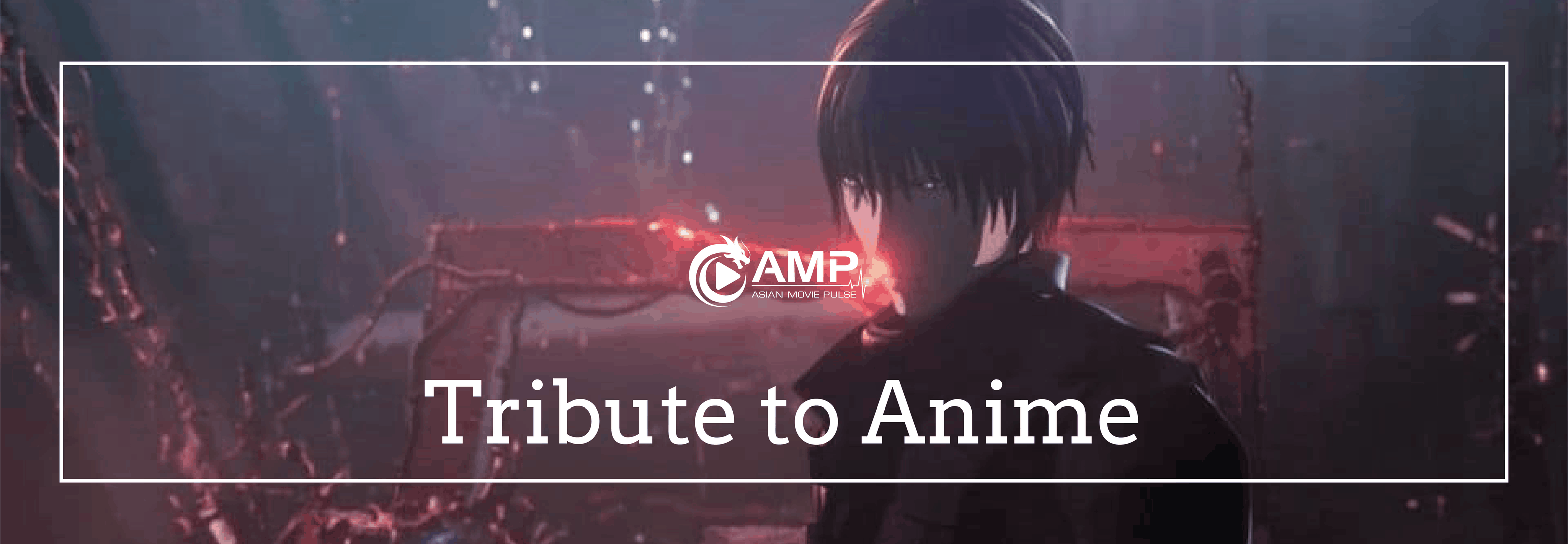
Suzu chooses to appear as Belle, a beautiful young woman who sings as an angel; exactly what she cannot do anymore in the real world. What Suzu hasn't predicted is the involvement of her best friend Hiroka (Rira Ikuta), a computer geek who has engineered the launch of Belle as an idoru in U. Soon Belle becomes hugely popular within the online community and everybody wonders who is behind that freckled charming avatar. One day, just before Belle's mega-show, one scary and mysterious MMA-fighting, wild-boar-like monster named Dragon and nicknamed Beast, appears, chased by a squad of Justices, the U “superhero” police. His fame of being extremely violent and angry has created a big following of haters but also a niche of fans, attracted by his enigmatic persona. Even Belle is strangely fascinated by him and puzzled by the trademark bruises on his back; they must be a clue of Beast's secret identity, maybe they symbolise an aching inner pain, just like what she endures. When ultimately Beast gets in serious troubles, Belle must find him to save him, and it all turns into a race against time for Suzu and friends to unveil his real-life identity.
“Belle”'s enthralling pace keeps you well wrapped for most of the time, jumping back and forward from the U wonders to the real-life capers that in the second half of the movie veer in a proper thriller direction, and the climax, where the two worlds cross-contaminate is utterly powerful. The story is an evident take on the classic “Beauty and the Beast”, a fable whose laudable moral is to value inner beauty and kindness over the appearance. However, in the classic tale, Beast is trapped into an ugly body as a punishment for being disrespectful, but Hosoda's Beast has a deeper secret that is more linked to trauma than to guilt. In fact, he is the scary impersonation of the “post traumatic dark side”, a classic monster-generating path: Fear > Anger > Hate > Suffering. The virtual world that many regard only as an ephemeral and superficial universe, plays here a positive role and becomes a place to share, elaborate and process negative experiences; like in “Mirai”, where an almost psychoanalytic path unravels in a parallel dimension of wild fantasy. Belle's success and popularity in U doesn't really change Suzu's miserable real life, but it triggers a path to recovery that will climax having her soul stripped bare and an emotional reconciliation with her mother's acts. Hosoda's own experience as a father and a son feeds his whole body of work and family is a strong core of all his stories and characters; “Belle” is no exception.
Secondary characters are vivid and bring a touch of welcome comedy to the otherwise rather dramatic narrative. Bestie Hiroka is the sarcastic, witty and tech-savvy friend we all would like to have, the cutest of the school, Luka (Tina Tamashiro) has a sweet secret, the school's canoeing team only member Shinjiro (Shota Sometani) is goofy, funny and a testimonial of the value of perseverance, and the four women of the singing group reveal as a warm motherly guardian angel element in Suzu's life.
But let's talk about the animation. As polar opposite of Suzu, the character of Belle has a distinctive Walt Disney aura. Not surprisingly, it has been created by South Korean animator and former Disney character designer Sang-jin Kim, “father” of Frozen, Moena, and more. However, the contest of the U Universe catapults her light-years away from Disney's trademark visuals. U is an extreme development of the digital world of OZ, from Hosoda's “Summer Wars”; the overcrowded, particulate cloud of cute luminous avatars gives an almost overwhelming feeling of infinite depth. It also has something of the spectacular carnival parade in “Ghost in the Shell 2 Innocence”, less mystic and truly pop, like the spectacular floating whales, encrusted with amplifiers, like musical barnacles. A truly memorable show. Glimpses of Irish-folk-inspired artworks, like the geometric forest around Beast's castle, is the wonderful 2D work from Irish studio Cartoon Saloon, the studio behind the outstanding “Wolfwalkers”.
However, if on U-side it could be relatively easy to amaze with special effects, the real-life Suzu and her folksy, quiet town are a masterful work of realism that counteracts perfectly the shiny, glittery virtual world. The details of the protagonist's remembrances, the leafy countryside, the rendering of all the rich textures and surfaces with all the feelings and memories crowded in them … all this makes U look almost flat. Nonetheless, flights of fantasy don't lack in this realistic level too, like the genius interpretation of school-friends' banters and rivalries as a ferocious game of “Risk”. The theme songs are melodic, “anthemic” and catchy – as expected as a strong part of a story where singing has a precise meaning for Suzu – and performed by singer Kaho Nakamura; the title music is performed by J-pop band Millennium Parade.
Hosoda's trust and empathy for young people is a driving force of his works and “Belle” too delivers a strong message. If “Mirai” explored what makes us the way we are, “Belle” goes further and explores what makes us compassionate humans.





